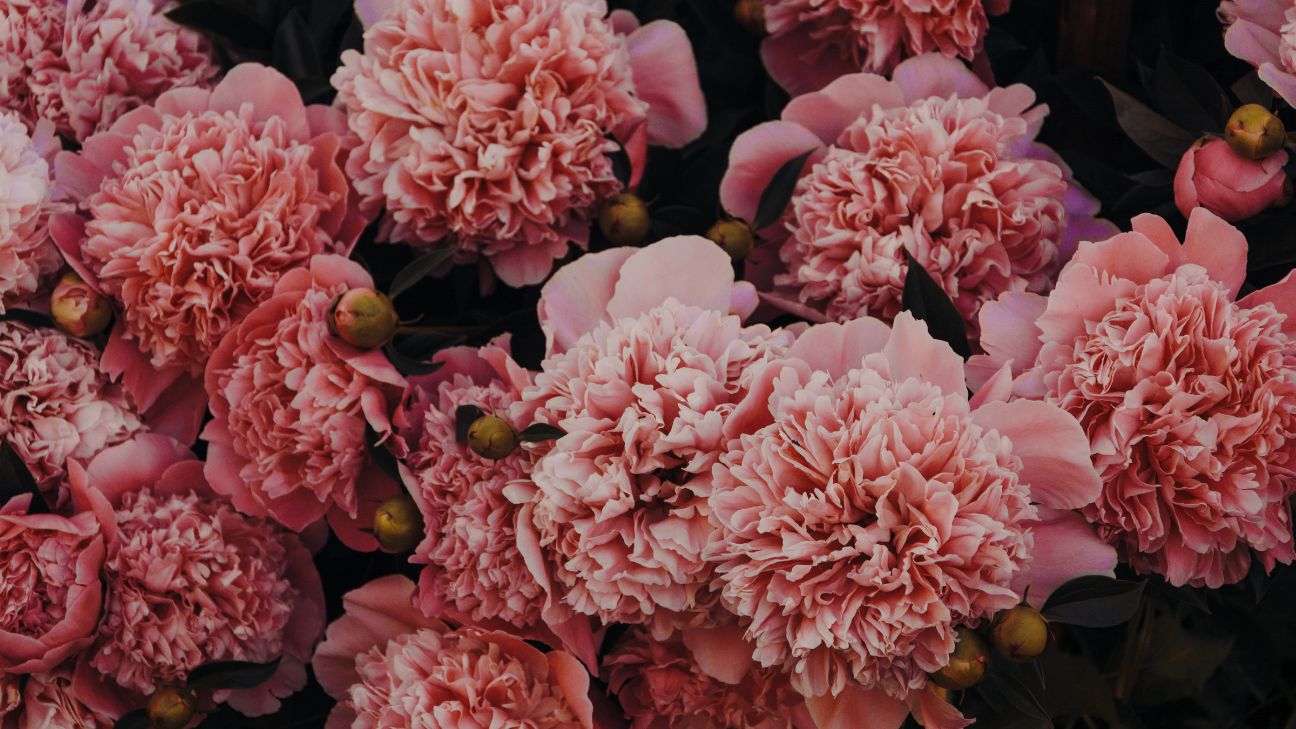Carnation
Dianthus caryophyllus
Learn how to care for carnations along with its history and classification details.
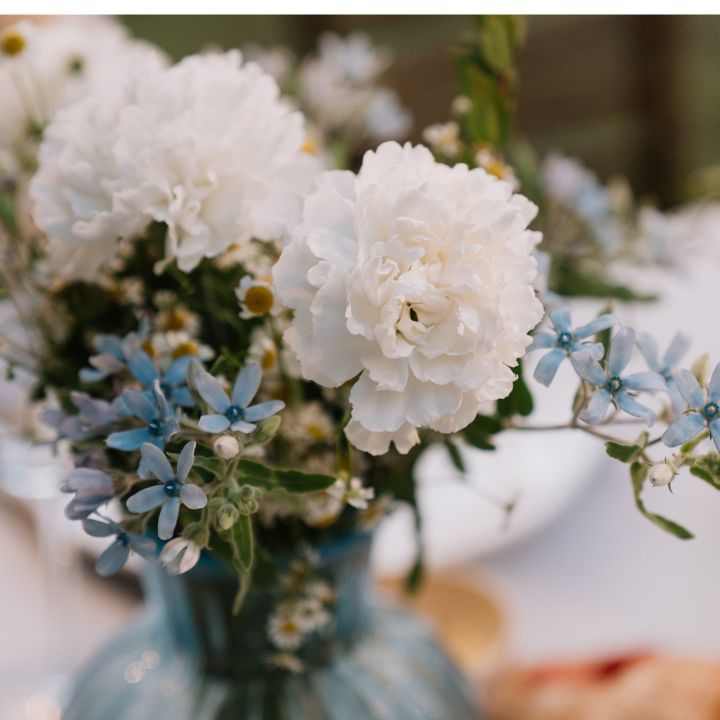
Hardiness Zone: 7-10
Soil Type: 6.7 pH
Sun Exposure: Full sun or partial shade
Annual or Perennial: Perennial
Type: Flower
History: The first carnations were sent to the United States in 1852 from France to Long Island. It is traditionally given on the first anniversary as a sign of love and commitment.
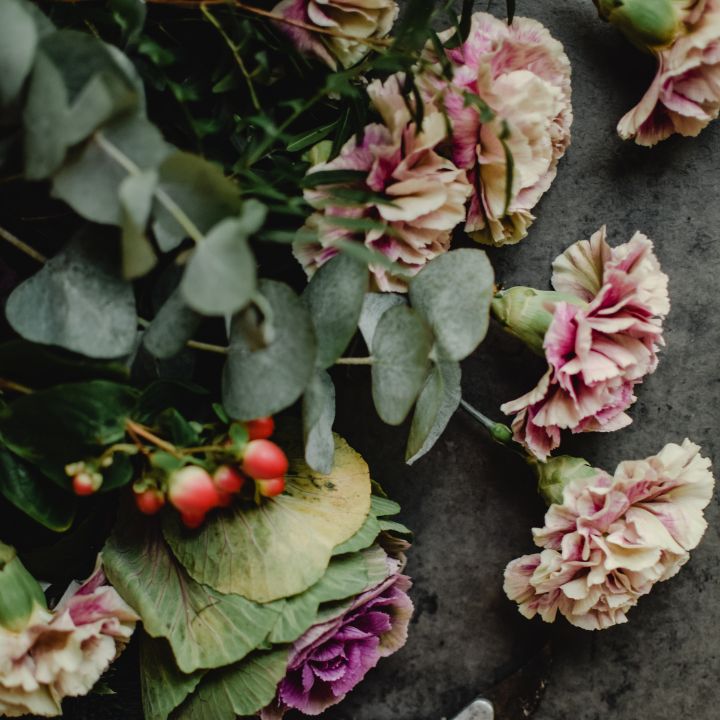
How to Care for Carnations
Common questions and details on how to care for carnations.
How do I plant carnations?
Plant carnation seeds in a well-drained soil mix, an eighth of an inch deep. Seeds should be spread at least 12 inches apart. Be wary not to overwater the seeds, especially in the beginning stages. A light watering should be done two to three times a week.
When is the best time to plant?
The best time to plant carnations is early spring, about two weeks after the last frost date.
How do I propagate carnations?
Pinks (scented) and carnations (unscented) are easy to propagate from ‘pipings’. These are made from soft tips of strong, flowerless shoots, around five pairs of leaves in length. Summer is the ideal time for taking cuttings, as plant cells divide quickly, promoting root growth.
Can I grow carnations in a pot?
Yes, you can grow carnations in a pot.
How much should I water carnations?
Canadian hemlock likes to have moist water, watering 2 to 3 times a week.
How do I care for carnations with fertilizer?
Carnations prefer to be fertilized infrequently.
When do carnations bloom?
Carnations will bloom in the spring.
What is the best way to store carnations?
Place carnations in a vase in an area that doesn’t get a lot of direct sunlight and isn’t in the path of any HVAC vents. Keeping cut carnations cold will also help prolong their life. If you can spare the space, put the bouquet in the refrigerator each night.
Should I plant any companion plants?
Carnations grow well with other flowering plants that complement carnations include delphiniums (Delphinium spp.), pimpinella (Pimpinella major), scabiosa (Scabiosa columbaria) and phlox (Phlox spp.).
What are the health benefits of the carnations?
Tea reduces stress and restores energy, reduce fever, and treat stomach aches. The carnation oil is used to moisturize skin, minimize wrinkles, and treat skin conditions.
Carnation Meaning
Carnations come in a variety of colors, and each has their meaning. White symbolizes purity and luck, light red symbolizes admiration, dark red symbolizes love and affection, pink symbolizes gratitude, yellow symbolizes disappointment or rejection, and purple symbolizes capriciousness.
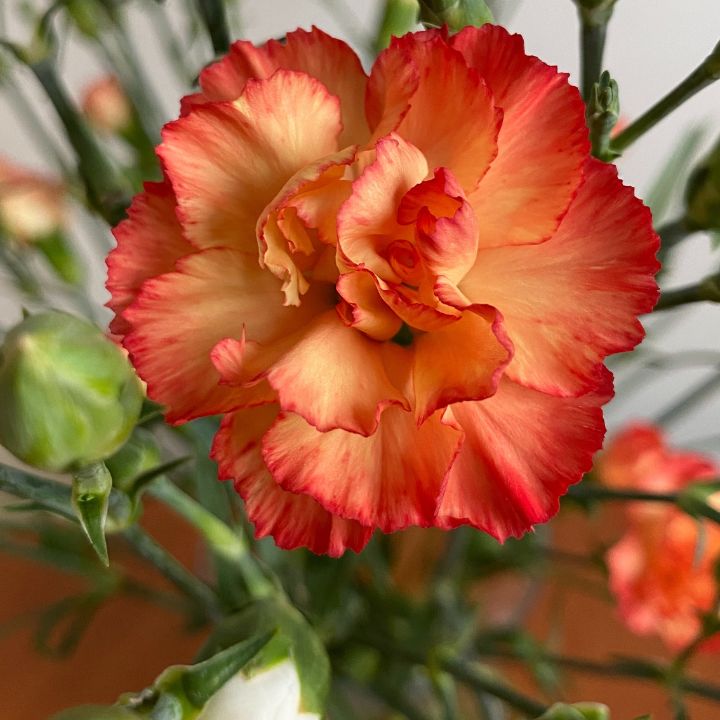
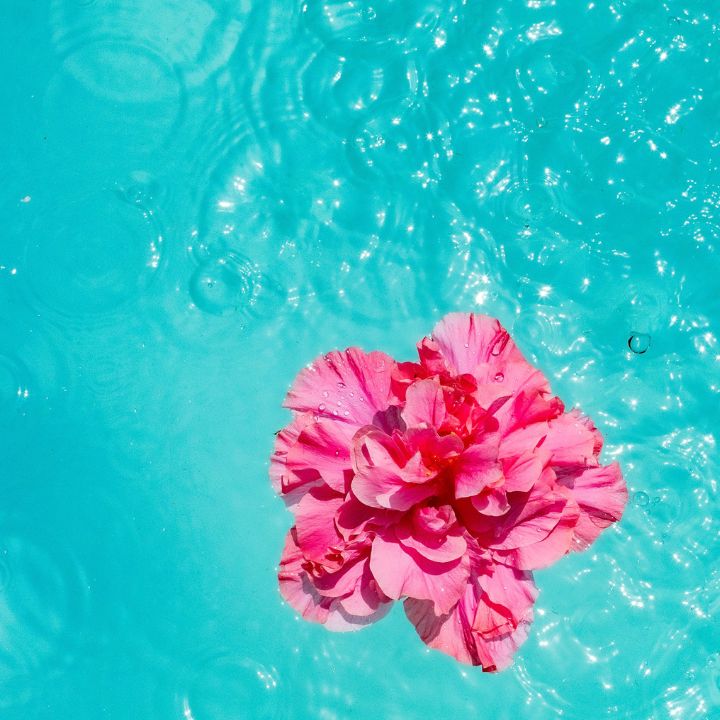
“Amidst chaos and turbulence…And at the thoughts fragmented with anxiety…She sends a bunch of carnations for her friend hopefully” –
~ Nishrita Gogoi

